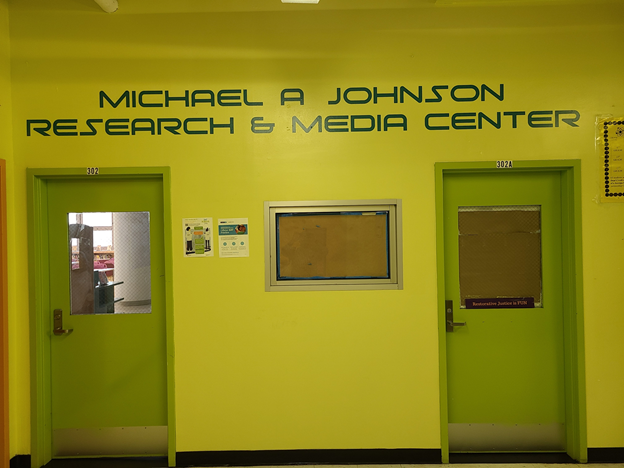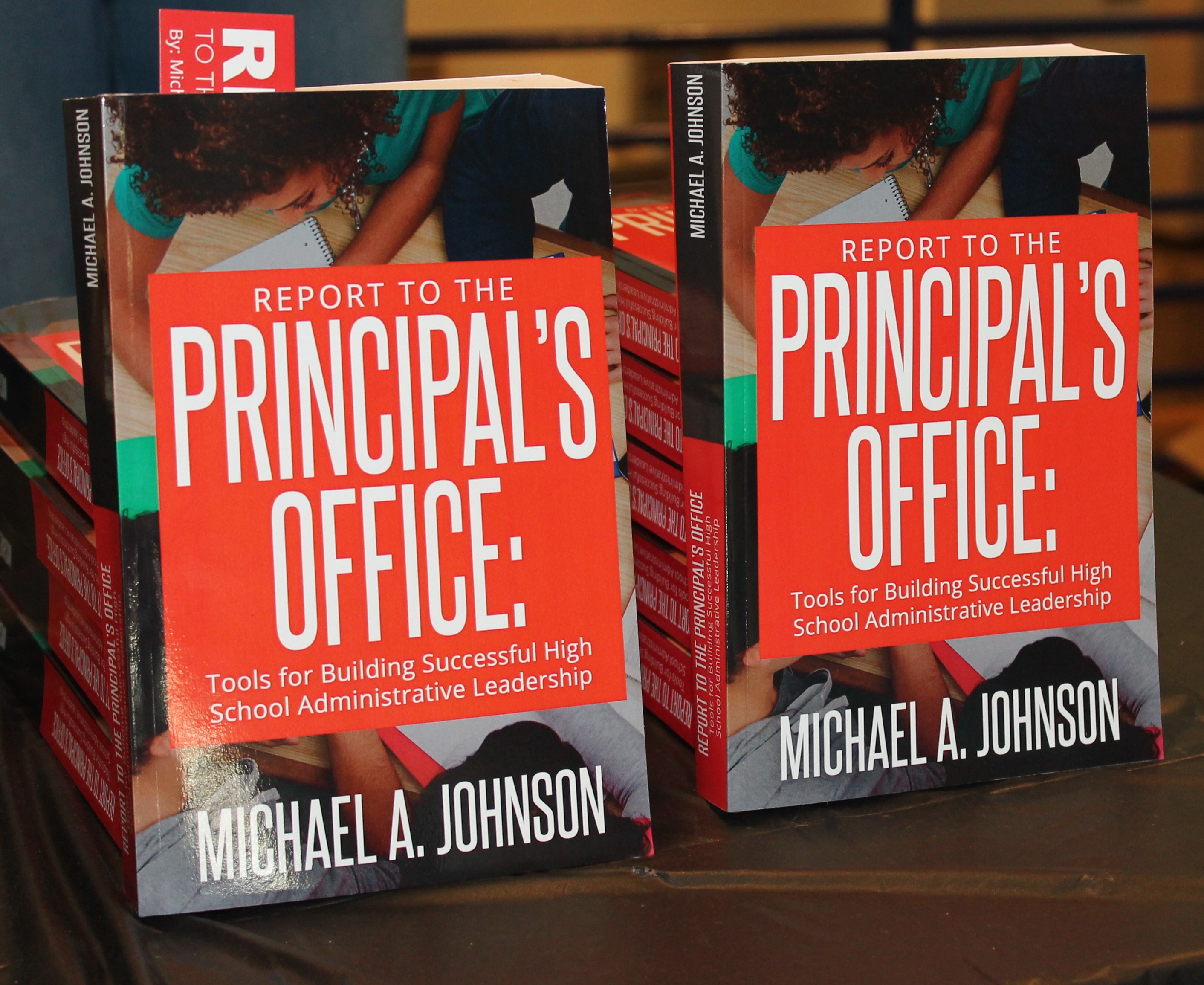The organizational commitment and foundational work required for establishing or the revisional re-establishment (upgrading) of a high school Career Technical Education (CTE) program or school.
All CTE program students should face three critical challenges on their path to high school graduation. Yet, at the same time, these “3-challenges” will double as better life-after-graduation favorable advantages for learning options, and further, produce highly promising future professional career opportunities.
The first challenge is to satisfy the state and school district’s “general” credit linked to grade promotion guidelines, standardized exams passing, and high school graduation requirements.
The second challenge is to successfully pass all of their CTE “major” (area of concentration) requirements of a sequence of courses, navigate written and performance CTE certification standardized exams, earn a community service credit, and finally, develop, complete, and present a final senior year CTE project.
And the third challenge is that all CTE graduates must go beyond the state/district standard “general graduation” requirements and be transcript “college-ready” eligible to gain admission and be able to successfully complete a two- or four-year college program, even if they choose to not do so.
The school must establish these three CTE graduation requirements if they expect to operate and function as an authentic and highly successful CTE program or school in deeds, not just words. This academic profile and departmental objectives automatically demands that a CTE program/school not be bound by the stifling-standard staffing, labor, and work schedule agreements and restrictions that burden many existing public school districts. The most obvious reason is that CTE students can’t possibly complete all three of those graduation requirements in a “typical” school daytime schedule. Also, the 10th-12th grade sequence of CTE classes requires a minimum of 90 minutes to be meaningfully (educationally) productive, when combined with a maximum class size of twenty-four students; principals should immediately be able to hypothetically calculate (class size/minutes/personnel), the higher than regular classroom cost involved; clearly a great deal of “rules and regulations” relief + extra-funding is required for any CTE initiative to work effectively.
An additional operational requirement of a CTE program or school is that they must have the flexibility to employ CTE departmental teachers with specialized skills that may not fit the public school official licensure requirements or professional teacher pathway. Optimally, a CTE program/school with a department of many “non-traditional” teachers should have a director, chairperson, or AP with a certified teacher (strong instructional) background, and if budgetarily possible (highly recommended), a dedicated CTE department F/T instructional coach. Why is it essential to provide extra-instructional support for “non-traditional” CTE teachers? Because PreK-12 teaching in general, but in this specific case, high school teenagers, is not as easy as many who are outside of the profession imagine it to be! (Real principal talk: You must prepare for the possibility that a “non-traditional” CTE teacher may quit before the end of the semester or year, as they encounter the natural “full beauty” of the adolescent attitudinal worldview!).
A further administrative hurdle to overcome in establishing an exemplary CTE program/school is that generally, they cost more money as “start-ups” and are more expensive over the long-term than non-CTE programs and schools; this is based on their unique and essential operational, organizational and structural requirements. This extra cost includes the beforementioned class size maximum of twenty-four students for optimum safety and learning purposes (24 also works for instructional reasons as a great deal of CTE classwork is paired and quartet group assignment projects). In addition, CTE programs/schools must meet many unique but necessary architectural (specially designed learning spaces) requirements. Further, CTE schools require specialized teaching stations, tools, furniture, specialized machinery, structural safety designs, and CTE course-specific safety equipment, and often unique (and extensive) electrical wiring. There are machine and equipment servicing contracts that are needed. In addition, there are costly teaching/learning materials annual replenishment supply costs. Also, the expenditures for CTE programs and schools are higher because of the building operational schedule (extended school day) and maintenance (custodial extra-cleaning). Alas, there is just no way around this financial investment reality, which is why it’s critical to any CTE programmatic success that the school district make a serious long-term pedagogical and budgetary commitment to the program or school.
Additionally, any school district hoping to create or redesign a CTE program/school must include for both academic and financial reasons a strong industry partnership program, the school’s (501c3 foundation) must have access to a grant writer who could also help coordinate multiple fundraising campaigns, a resource, and materials acquisition Rolodex of supporters and donators, and help in the recruitment of ongoing external human resources volunteer-mentoring efforts.
The (Entrepreneurial) principal assigned to the school must have (along with a lot of other CTE-specific leadership abilities) extraordinary fundraising capability skills. The funds raised by the school’s internal and external fundraising efforts should not substitute (a bad public school habit) for the district’s long-term additional funding for the school; all funds raised by the school (and necessary for the program’s success) should supplement and not replace the required district’s “special allocation” for the program or school! (Real principal talk: As a principal, I never told any central district office person the amount of funds we raised outside of my official district budget allocation; this was not illegal since the annual reports of my 501c3 foundation were filed with the state and therefore was public information. The reason for my not providing that information is that in public education, we can often get the concepts of “equity” and “equality” mixed up and confused to the determent of students).
And then there are the final “heavy lift” political/communication issues for creating effective CTE programs/schools: It is critically important that a board of education (local school district), district leadership officials, unions, elected officials, parents, and the community at large understand how CTE schools/programs are and why they must be very different from “regular programs or schools,” and importantly what that difference means for prospective students admission requirements, graduation requirements, summer and weekend programs, staffing, organization and scheduling, school building leadership, budgeting, labor-contract agreements, instructional and non-instructional staffing support, and professional development.
The good news about all of that extra start-up cost, extensive planning, professional development, “rules-regulations-relief,” and additional annual higher operational expenses (e.g., classroom materials replenishment costs are subject to increases in national/international building and construction “market forces” cost increases), will more than pay for itself with more-better student: attendance, punctuality, “course passing rates” (avoiding costly “credit recovery” programs, e.g., summer school) good behavior, academic achievement outcomes on report cards and standardized exams; and additionally, higher, more meaningful and “societally adaptable” graduation profiles and rates. Finally, a good CTE school (as is the case with any highly-functioning public school), will partly “pay for itself” by having the ability to “pull” students away from private schools and thus increase the district’s per/pupil local, state and federal funds allocations (not to mention making those presently “double-taxed” parents happy to be free of paying a private school tuition cost). All of the things that are not accomplished by the many much, much more expensive “school improvement,” “closing gaps,” and “raising achievement” habitually bad high priced schemes* that school districts are so fond of engaging in.
And by the way, if this counts for anything, CTE initiatives will produce happier and more satisfied parents and students (and employers). In addition, it will, to a great extent, deprive and diminish our criminal justice system of its “poor education recipients” human material supply. And finally, CTE programs, when done right, offer the beautiful possibility of young people who live in our most employment-challenged communities the ability to have a better job and entrepreneurship options and opportunities future.
*These programs essentially don’t work (despite their often sexy/well marketed and worded acronyms) in major part because:
(1) they don’t dare infringe on the politically sacred zones of adult job guarantees, comfort, and the comfortable assurances of no consequences for failure (only designated students, their parents, and specific communities suffer a loss).
(2) Secondly, these doom-to-fail “distraction programs” (some of these bad ideas are pushed by the pedagogically asleep “woke” crowd) don’t really get at the core challenge of creating and expanding the sustained quality of teaching and learning opportunities for larger populations of students.
The NYC mayor-elect Eric Adams correctly asks the question: “How can a system spend so many billions of dollars and produce such poor outcomes?”… Well, there it is (a large part of the answer), summed up in those previously stated #’s (1) and (2) assertions!
Part 5: Building a highly-effective CTE staff and the profile of a successful CTE high school student and graduate; all are the ultimate reflections and manifestations of the school’s philosophy of CTE education.



